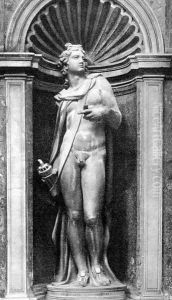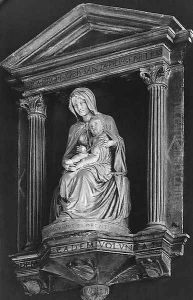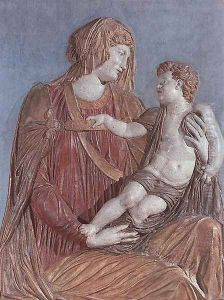Jacopo Sansovino Paintings
Jacopo Sansovino was an Italian sculptor and architect, known for his works in Venice that blend the Renaissance and Mannerist styles. Born in Florence in 1486, his real name was Jacopo Tatti. He earned the nickname 'Sansovino' after his admiration for the Roman sculptor Andrea Sansovino, under whom he initially studied. Sansovino's early career was marked by his works in Rome, where he was influenced by the art of Michelangelo and Raphael. However, it was in Venice, where he moved in 1527 after the Sack of Rome, that Sansovino made his most enduring mark.
In Venice, he was appointed as the chief architect and superintendent of properties, where he oversaw the restoration of the city after a large fire in 1514 and contributed significantly to the architectural landscape of the city. His works include the Library of St. Mark's, the Mint (La Zecca), and the Loggetta del Campanile, a masterpiece of Renaissance architecture that sits at the base of St Mark's Campanile in Piazza San Marco. These works are celebrated for their innovative use of classical architecture in a Venetian context, blending the heritage of Roman antiquity with the Byzantine and Gothic flavors of the city.
Sansovino's sculptures also earned him accolades, notably the statues of Mars and Neptune that symbolize Venice's power on land and sea, located at the Zecca. Despite facing challenges, including a brief imprisonment after the collapse of a ceiling in the Hall of the Great Council, which he was later exonerated for, Sansovino's influence on Venetian architecture and sculpture remained profound until his death in 1570.
His legacy is seen in the works of his students and followers, including Vincenzo Scamozzi and Andrea Palladio, who would further define the Venetian architectural aesthetic. Sansovino's blend of robust Renaissance principles with the decorative complexity of Mannerism has left a lasting imprint on the artistic landscape of Venice, making him a pivotal figure in the transition from Renaissance to Baroque art.

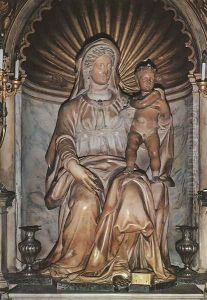
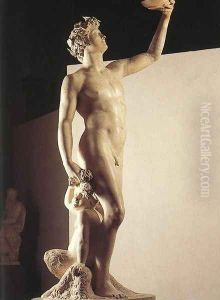
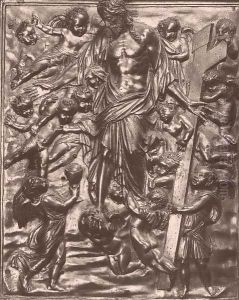
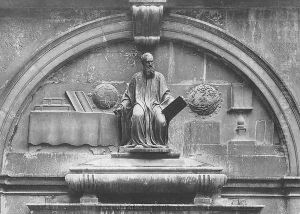
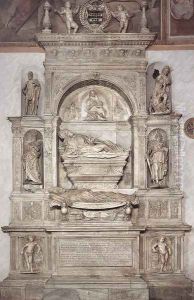
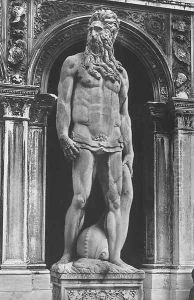
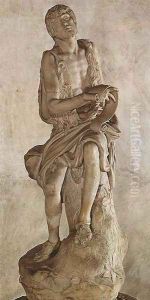
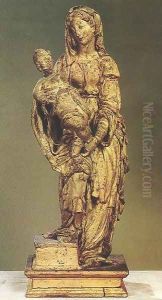
![Bacchus [detail #1]](https://www.niceartgallery.com/imgs/279544/s/jacopo-sansovino-bacchus-detail-1-93ca98b8.jpg)
